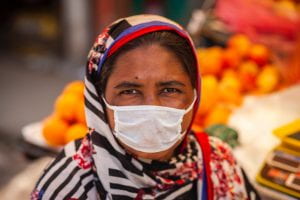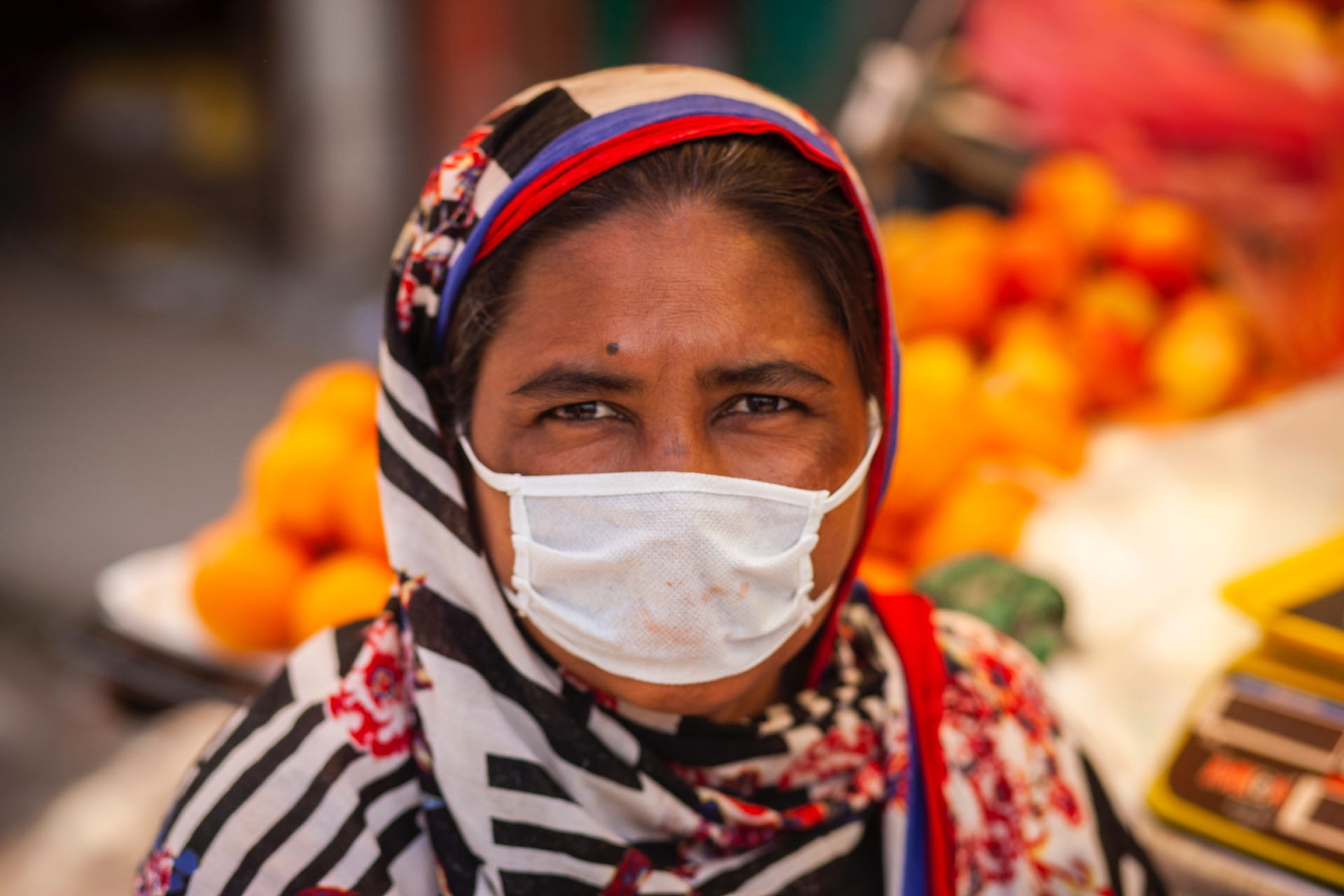
COVID-19 has had a significant impact on the health and social structure of the world. Over one million lives have been lost, and over 35 million people have been infected with the virus. While infectious diseases don’t discriminate by age, race, social class, or gender, these factors do influence how COVID-19 and the related social ramifications will affect the illness experience for different people. For instance, when looking at gender, women have been more severely impacted than men. Men are more likely to die as a result of contracting COVID-19, but women experience the brunt of the long-term social effects, partially due to preexisting gender inequalities.
Looking at the healthcare sector alone, women were affected tremendously for many reasons. First of all, about 70% of healthcare workers are female. This means that a disproportionate number of females are putting their health and lives at risk to improve the lives of others. They were more heavily affected by PPE shortages at the beginning of the pandemic, and when PPE did become available, the “one-size fits all” design, which defaulted to the typical cisgender male body, was often ill-fitting and not conducive to managing menstrual cycles. Additionally, women who work in healthcare delivery have been historically overworked and underpaid. In normal circumstances, many healthcare professions, like nursing, have high burnout rates. However, studies have shown that the pandemic has increased the negative mental health effects of the job, primarily in females and in nurses.
Additionally, women live longer than men, and women are the vast majority of the population in nursing homes. During the pandemic, nursing homes have had to take drastic action to ensure the safety of their residents through restricting visitation and group events. This has led to significant social isolation in nursing homes, and loneliness follows closely behind. Further, many elderly people that live alone are women who rely on the care from their family. With the social distancing and their increased risk for severe disease, this has left many women almost entirely isolated—with the exception of family and friends dropping off groceries. This has led many women over 65 to meet up with friends. This makes them more likely to contract COVID-19, but for many, the increased risk is worth it to not be lonely.
Another health effect of the pandemic for women has been reduced access to healthcare, especially sexual and reproductive health. Across the globe, procedures considered elective were postponed due to concerns of restricting nonessential personnel from being in hospitals. However, many elective procedures can play an important role in a woman’s health. For example, endometriosis is a disease in which the uterine lining grows in areas where it shouldn’t, such as in the fallopian tubes and on the bladder, and it can cause immense pain in women who have it. One of the treatments is surgery to remove the excess growth. This not only may relieve pain but also increase fertility, so women who want to have children are more likely to be able to do so. While this surgery undoubtably improves the lives of women with endometriosis, it is considered an elective surgery, and in many places, women had their surgeries postponed. For women with immense pain, finally seeing the light at the end of the tunnel, this was devastating.
This is one of many experiences that women have faced. Many treatments and prevention methods for women’s sexual and reproductive health are considered nonessential, so many women have had to postpone their HPV vaccines, and STI and cervical cancer screenings. Additionally, some states have tried to roll back abortion services. India had a very strict lockdown, which prevented many women from access to contraceptives. This led to “over 800,000 unsafe abortions,” which is the third most common cause of death among pregnant women in India.
Outside of the healthcare sector, women have experienced many social repercussions due to the pandemic. Even before the pandemic, women were largely responsible for the unpaid care work, such as taking care of children or older family members. Now, with children home from school, and older people less able to do their own errands because of the risk of contracting COVID-19, the burden is falling on women and girls. Because of this, many women have to give up their job, or at least cut back hours, and many girls have to put their education on pause.

Before the pandemic, there were indications that great strides were being made towards gender equality in society and in work. However, a lot of the progress was lost with the onset of the pandemic and with lockdowns. While female-dominated jobs are typically the most protected during economic downturns, lockdowns affected female-dominated jobs at a higher rate than male-dominated jobs: it is estimated that female job loss was 1.8 times higher than male job loss. This is mainly because women are more likely to work jobs that are part-time or temporary, which makes their job security decrease significantly. As mentioned before, women are more likely to take care of family due to closures in school and older family needing assistance, making them less able to work, even from home. All of these factors mean women will be making less money because of the pandemic.
Finally, because of lockdowns, women are staying home more. While this is frustrating for many people, it can be dangerous for women in abusive relationships. Abusive relationships are dangerous to begin with, but with the added stress of the pandemic and being stuck in the same house for days, weeks, or even months, the severity rises. Additionally, a lockdown places women experiencing domestic abuse in a dangerous situation because it’s harder for them to escape the abuse through women’s shelters. Another way some women would typically be able to escape a domestic violence situation would be through a community, but even in normal circumstances those can be hard to come by as it’s typical for abusers to isolate their victims, and with the added isolation of the pandemic, it’s even harder.
Everyone has been significantly impacted by the pandemic. However, some people have been affected more than others, especially when indirect health effects and social effects are taken into account. Because of the disparity between the effects on men and women, we must aim interventions at women and girls. Not doing so could negatively affect years of progress made toward gender equality, and negatively impact the mental and physical health of women in the future.

